
漢德百科全書 | 汉德百科全书

 Geschichte
Geschichte
 M 1500 - 2000 nach Christus
M 1500 - 2000 nach Christus

 Geschichte
Geschichte

 Geschichte
Geschichte
 N 2000 - 2100 nach Christus
N 2000 - 2100 nach Christus
 Indien
Indien
 Karnataka
Karnataka

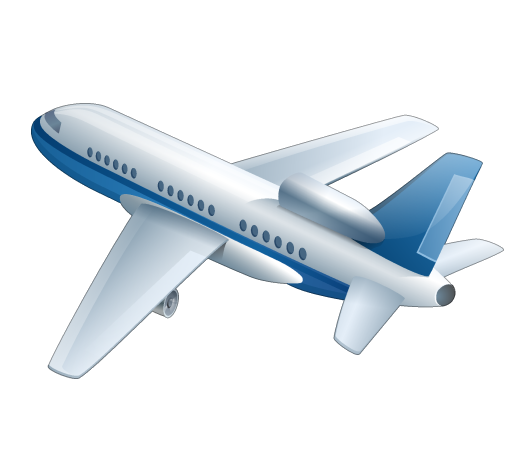
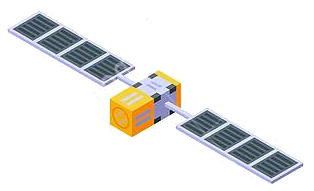
 Luft- und Raumfahrt
Luft- und Raumfahrt
 Missionen zum Mars
Missionen zum Mars
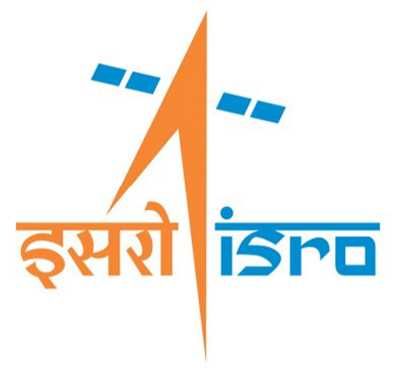

印加帝国(克丘亚语:Tawantinsuyu)是11世纪至16世纪时位于南美洲的古老帝国,亦是前哥伦布时期美洲最大的帝国,[1]印加帝国的政治、军事和文化中心位于今日秘鲁的库斯科。印加帝国的重心区域分布在南美洲的安第斯山脉上,其主体民族印加人也是美洲三大文明印加文明的缔造者。
印加人的祖先生活在秘鲁的高原地区,后来他们迁徙到库斯科,建立了库斯科王国,这个国家在1438年发展为印加帝国。印加帝国在1438年到1533年间,运用了从武力征服,到和平同化等各种方法,使得印加帝国的版图几乎涵盖了整个南美洲西部(地跨秘鲁、厄瓜多尔、哥伦比亚、玻利维亚、智利、阿根廷),是一个幅员辽阔的南美洲印第安人帝国。
除了印加帝国的官方语言克丘亚语,印加人还使用数百种美洲原住民语言和各种的克丘亚语方言。印加人称印加帝国为Tawantinsuyu,意为“四方之地”,或是“四地之盟”。印加帝国内部存在着多种原始信仰,但是印加的统治阶级推崇印加宗教,信仰太阳神因蒂、创世神维拉科查、地球女神帕查玛玛等神明。[2]印加帝国的君主称萨帕·印卡,意为“独一无二的君主”,同时萨帕·印卡亦被印加人当作“太阳的儿子”。
印加帝国的国力在君主瓦伊纳·卡帕克统治期间达到顶峰。1526年,西班牙征服者弗朗西斯科·皮萨罗带领一支有168人的军队从巴拿马南下,发现了印加帝国。1529年,在瓦伊纳·卡帕克感染天花而意外去世后,两位继承人选瓦斯卡尔与阿塔瓦尔帕为了争夺王位,而爆发血腥内战,大大地削弱了印加帝国的实力。1533年,西班牙人施计杀掉了赢得内战的阿塔瓦尔帕,皮萨罗的军队与数十万名原住民盟军成功将印加征服,印加帝国灭亡,沦为西班牙帝国的殖民地。印加人的最后抵抗势力比尔卡班巴王国亦在1572年灭亡。
Als Inka (Plural Inka oder Inkas) wird heute eine indigene urbane Kultur in Südamerika bezeichnet. Oft werden als Inka auch nur die jeweiligen herrschenden Personen dieser Kultur bezeichnet. Sie herrschten zwischen dem 13. und 16. Jahrhundert über ein weit umspannendes Reich von über 200 ethnischen Gruppen,[1] das einen hohen Organisationsgrad aufwies. Zur Zeit der größten Ausdehnung um 1530 umfasste es ein Gebiet von rund 950.000 Quadratkilometern, sein Einfluss erstreckte sich vom heutigen Ecuador bis nach Chile und Argentinien; ein Gebiet, dessen Nord-Süd-Ausdehnung größer war als die Strecke vom Nordkap bis nach Sizilien. Entwicklungsgeschichtlich sind die Inka mit den bronzezeitlichen Kulturen Eurasiens vergleichbar. Das rituelle, administrative und kulturelle Zentrum war die Hauptstadt Qusqu (Cusco) im Hochgebirge des heutigen Peru.
Ursprünglich war mit dem Begriff „Inka“ die Bezeichnung eines Stammes gemeint, der nach eigener Auffassung dem Sonnengott Inti entstammte und die Umgebung Cuscos besiedelte. Seine herrschende Sippe fungierte später als Adel des gleichnamigen theokratischen Reiches. Aus ihr rekrutierten sich auch der Klerus[2] und die Offiziere der Inka-Armee. Sapa Inka („einziger Inka“) war der Titel des Inka-Herrschers des Tawantinsuyu („Land der vier Teile, Reich der vier Weltgegenden“ – so die Selbstbezeichnung des Reiches).
インカ帝国(インカていこく、スペイン語:Imperio Inca、ケチュア語:タワンティン・スウユ(Tawantinsuyo, Tahuantinsuyo))は、南アメリカのペルー、ボリビア(チチカカ湖周辺)、エクアドルを中心にケチュア族が築いた国。文字を持たない社会そして文明であった。
首都はクスコ。世界遺産である15世紀のインカ帝国の遺跡「マチュ・ピチュ」から、さらに千メートル程高い3,400mの標高にクスコがある。1983年12月9日、クスコの市街地は世界遺産となった。
前身となるクスコ王国は13世紀に成立し、1438年のパチャクテク即位による国家としての再編を経て、1533年にスペイン人のコンキスタドールに滅ぼされるまで約200年間続いた。最盛期には、80の民族と1,600万人の人口をかかえ、現在のチリ北部から中部、アルゼンチン北西部、コロンビア南部にまで広がっていたことが遺跡および遺留品から判明している。
インカ帝国は、アンデス文明の系統における最後の先住民国家である。メキシコ・グアテマラのアステカ文明、マヤ文明と対比する南米の原アメリカの文明として、インカ文明と呼ばれることもある。その場合は、巨大な石の建築と精密な石の加工などの技術、土器や織物などの遺物、生業、インカ道路網を含めたすぐれた統治システムなどの面を評価しての呼称である。なお、インカ帝国の版図に含まれる地域にはインカ帝国の成立以前にも文明は存在し、プレ・インカと呼ばれている。
インカ帝国は、被征服民族についてはインカ帝国を築いたケチュア族の方針により比較的自由に自治を認めていたため、一種の連邦国家のような体をなしていた。
The Inca Empire (Quechua: Tawantinsuyu, lit. "The Four Regions"[4]), also known as the Incan Empire and the Inka Empire, was the largest empire in pre-Columbian America.[5] Its political and administrative structure is considered by most scholars to have been the most developed in the Americas before Columbus' arrival.[6] The administrative, political and military center of the empire was located in Cusco, Peru. The Inca civilization arose from the Peruvian highlands sometime in the early 13th century. Its last stronghold was conquered by the Spanish in 1572.
From 1438 to 1533, the Incas incorporated a large portion of western South America, centered on the Andean Mountains, using conquest and peaceful assimilation, among other methods. At its largest, the empire joined Peru, southwest Ecuador, western and south central Bolivia, northwest Argentina, northern Chile and a small part of southwest Colombia into a state comparable to the historical empires of Eurasia. Its official language was Quechua.[7] Many local forms of worship persisted in the empire, most of them concerning local sacred Huacas, but the Inca leadership encouraged the sun worship of Inti – their sun god – and imposed its sovereignty above other cults such as that of Pachamama.[8] The Incas considered their king, the Sapa Inca, to be the "son of the sun."[9]
The Inca Empire was unique in that it lacked many features associated with civilization in the Old World. In the words of one scholar,[10]
The Incas lacked the use of wheeled vehicles. They lacked animals to ride and draft animals that could pull wagons and plows... [They] lacked the knowledge of iron and steel... Above all, they lacked a system of writing... Despite these supposed handicaps, the Incas were still able to construct one of the greatest imperial states in human history.
— Gordon McEwan, The Incas: New Perspectives
Notable features of the Inca Empire include its monumental architecture, especially stonework, extensive road network reaching all corners of the empire, finely-woven textiles, use of knotted strings (quipu) for record keeping and communication, agricultural innovations in a difficult environment, and the organization and management fostered or imposed on its people and their labor.
The Incan economy has been described in contradictory ways by scholars:[11]
... feudal, slave, socialist (here one may choose between socialist paradise or socialist tyranny)
— Darrell E. La Lone, The Inca as a Nonmarket Economy: Supply on Command versus Supply and Demand
The Inca empire functioned largely without money and without markets. Instead, exchange of goods and services was based on reciprocity between individuals and among individuals, groups, and Inca rulers. "Taxes" consisted of a labour obligation of a person to the Empire. The Inca rulers (who theoretically owned all the means of production) reciprocated by granting access to land and goods and providing food and drink in celebratory feasts for their subjects.[12]
L’Empire inca (Tahuantinsuyu, Tahuantinsuyo ou Tawantin Suyu en quechua, signifiant « quatre en un » ou « le tout des quatre parts »1) fut, du XVe au XVIe siècle, le plus vaste empire de l'Amérique précolombienne. Son territoire s'est en effet étendu, à son extension maximale, sur près de 4 500 km de long, depuis le Sud-Ouest de l'actuelle Colombie (au Río Patía), au nord, jusqu'au milieu de l'actuel Chili (au Río Maule), au sud, et comprenant la quasi totalité des territoires actuels du Pérou et de l'Équateur, ainsi qu'une partie importante de la Bolivie et significative de l'Argentine du Nord-Ouest2.
L'Impero inca (Tawantinsuyu in lingua aymara e quechua moderne, o Tahuantinsuyo in antica lingua quechua) è stato il più vasto impero precolombiano del continente americano. La sua esistenza va dal XIII secolo fino al XVI secolo e la sua capitale fu Cuzco, nell'attuale Perù.
Il Perù è stato la culla della civiltà inca, uno dei maggiori popoli nativi americani. La civiltà Inca unificò, conquistando o annettendo pacificamente, la maggior parte dei territori occidentali dell'America del Sud. A ogni popolo conquistato venivano imposti l'idioma e la religione dell'impero. A loro volta, gli inca si arricchivano della cultura dei popoli annessi.
El Imperio incaico o inca (en quechua: Tawantinsuyu, lit. "Las cuatro regiones o divisiones") fue el mayor imperio en la América precolombina.2
Al territorio del mismo se denominó Tawantinsuyu y al período de su dominio se le conoce, además, como incanato y/o incario. Floreció en la región andina del subcontinente entre los siglos xv y xvi, como consecuencia del apogeo de la civilización incaica.[cita requerida] Abarcó cerca de dos millones de kilómetros cuadrados entre el océano Pacífico y la selva amazónica, desde las cercanías de Pasto (Colombia) en el norte hasta el río Maule (Chile) por el sur.
Los orígenes del imperio se remontan a la victoria de las etnias cuzqueñas (Región Sur del actual Perú), lideradas por Pachacútec, frente a la confederación de estados chancas en 1438. Luego de la victoria, el curacazgo incaico fue reorganizado por Pachacútec, con quien el Imperio incaico inició una etapa de continua expansión, que prosiguió con su hermano Cápac Yupanqui, luego por parte del décimo inca Túpac Yupanqui, y finalmente del undécimo inca Huayna Cápac, quien consolidó los territorios. En esta etapa la civilización incaica logró la máxima expansión de su cultura, tecnología y ciencia, desarrollando los conocimientos propios y los de la región andina, así como asimilando los de otros estados conquistados.
La Civilización incaica surgió de las tierras altas del Perú en algún momento a principios del siglo xiii. Su último bastión fue conquistado por los españoles en 1572.
Luego de este periodo de apogeo el imperio entró en declive por diversos problemas, siendo el principal la confrontación por el trono entre los hijos de Huayna Cápac: los hermanos Huáscar y Atahualpa, que derivó incluso en una guerra civil. Entre los incas la viruela acabó con el monarca Huayna Capac, provocó la guerra civil previa a la aparición hispana y causó un desastre demográfico en el Tahuantinsuyu. Finalmente Atahualpa vencería en 1532. Sin embargo su ascenso al poder coincidió con el arribo de las tropas españolas al mando de Francisco Pizarro, que capturaron al inca y luego lo ejecutaron. Con la muerte de Atahualpa en 1533 culminó el Imperio incaico. Sin embargo, varios incas rebeldes, conocidos como los «Incas de Vilcabamba», se rebelaron contra los españoles hasta 1572, cuando fue capturado y decapitado el último de ellos: Túpac Amaru I.
Los incas consideraban a su rey, el Sapa Inca, como el "hijo del sol". Muchas formas locales de adoración persistieron en el imperio, la mayoría de ellas relacionadas con las sagradas Huacas locales, pero los líderes incas alentaron el culto al sol de Inti - su dios del sol - e impusieron su soberanía por encima de otros cultos como el de Pachamama.
La economía inca ha sido descrita de manera contradictoria por los eruditos: como "feudal, esclavo, socialista (aquí uno puede elegir entre el paraíso socialista o la tiranía socialista)". El imperio Inca funcionó en gran parte sin dinero y sin mercados. En cambio, el intercambio de bienes y servicios se basó en la reciprocidad entre individuos y entre individuos, grupos y gobernantes incas. 'Impuestos' consistía en una obligación laboral de una persona para el Imperio. Los gobernantes incas (que teóricamente poseían todos los medios de producción) correspondieron al otorgar acceso a la tierra y los bienes y proporcionar alimentos y bebidas en las celebraciones de sus súbditos.
El Imperio incaico abarcó los actuales territorios correspondientes al extremo suroccidental de Colombia en la frontera, pasando por Ecuador, principalmente por Perú, el oeste de Bolivia, la mitad norte de Chile y el norte, noroeste y oeste de Argentina.
El imperio estuvo subdividido en cuatro suyos: el Chinchaysuyu (Chinchay Suyu) al norte, el Collasuyu (Qulla Suyu) al sur, el Antisuyu (Anti Suyu) al este y Contisuyu (Kunti Suyu) al oeste.
La capital del imperio fue la ciudad de Cuzco, en el actual Perú.
Импе́рия и́нков (кечуа Tawantin Suyu, Tawantinsuyu, Тауантинсу́йу) — крупнейшее по площади и численности населения индейское раннеклассовое государство в Южной Америке в XI—XVI веках. Занимало территорию от нынешнего Пасто в Колумбии до реки Мауле в Чили. Империя включала в себя полностью территории нынешних Перу, Боливии и Эквадора (за исключением части равнинных восточных районов, поросших непроходимой сельвой), частично Чили, Аргентины и Колумбии. Первым европейцем, проникшим в империю инков, был португалец Алежу Гарсия в 1525 году. В 1533 году испанские конкистадоры установили контроль над большей частью империи, а в 1572 году государство инков прекратило своё существование. Есть гипотеза, что последним независимым пристанищем инков является ненайденный город (страна) Пайтити (до середины или конца XVIII века)[1].
Археологические исследования показывают, что большое количество достижений было унаследовано инками от предшествующих цивилизаций, а также от подчинённых ими соседних народов. К моменту появления на исторической арене инков в Южной Америке существовал ряд цивилизаций: Моче (культура мочика, известная цветной керамикой и ирригационными системами), Уари (это государство явилось прообразом империи инков, хотя население говорило, по-видимому, на ином языке — аймара), Чиму (центр — город Чан-Чан, характерная керамика и архитектура), Наска (известные тем, что создали так называемые линии Наска, а также своими системами подземных водопроводов, керамикой), Пукина (цивилизация города Тиауанако с населением около 40 тысяч человек, находившаяся к востоку от озера Титикака), Чачапояс («Воины Туч», известные своей грозной крепостью Куэлап, которую ещё называют «Мачу-Пикчу севера»).
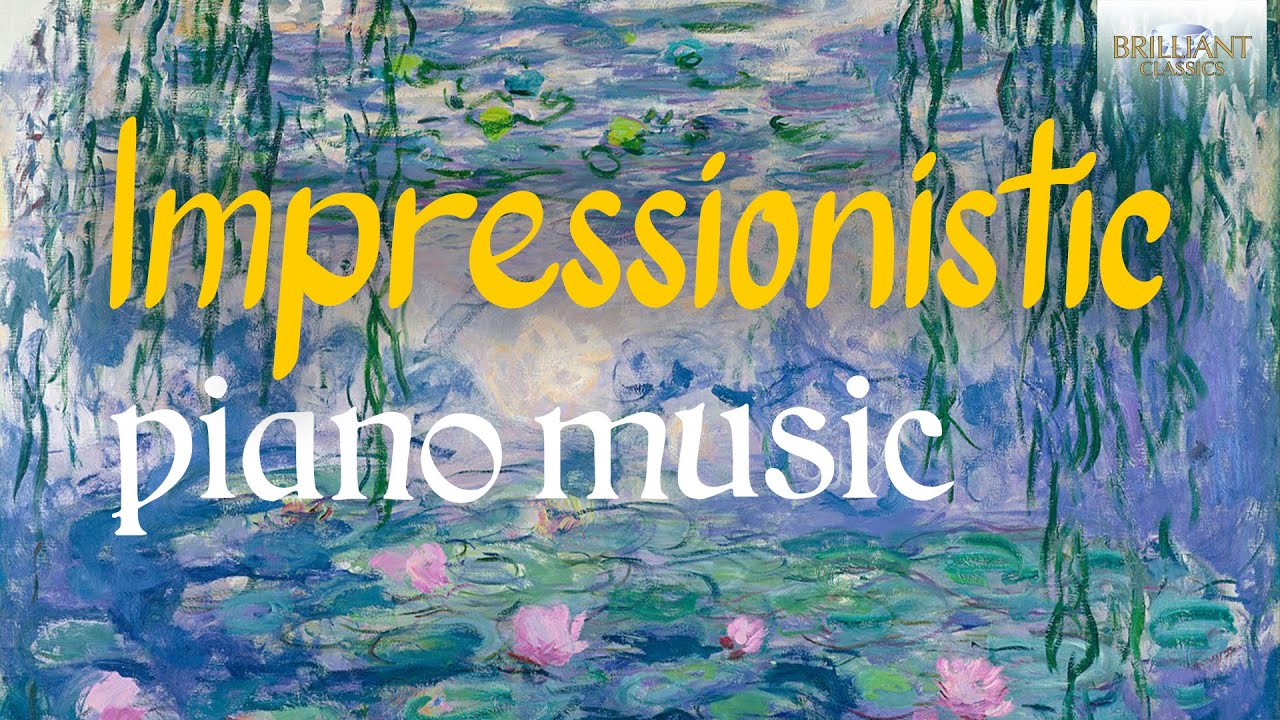
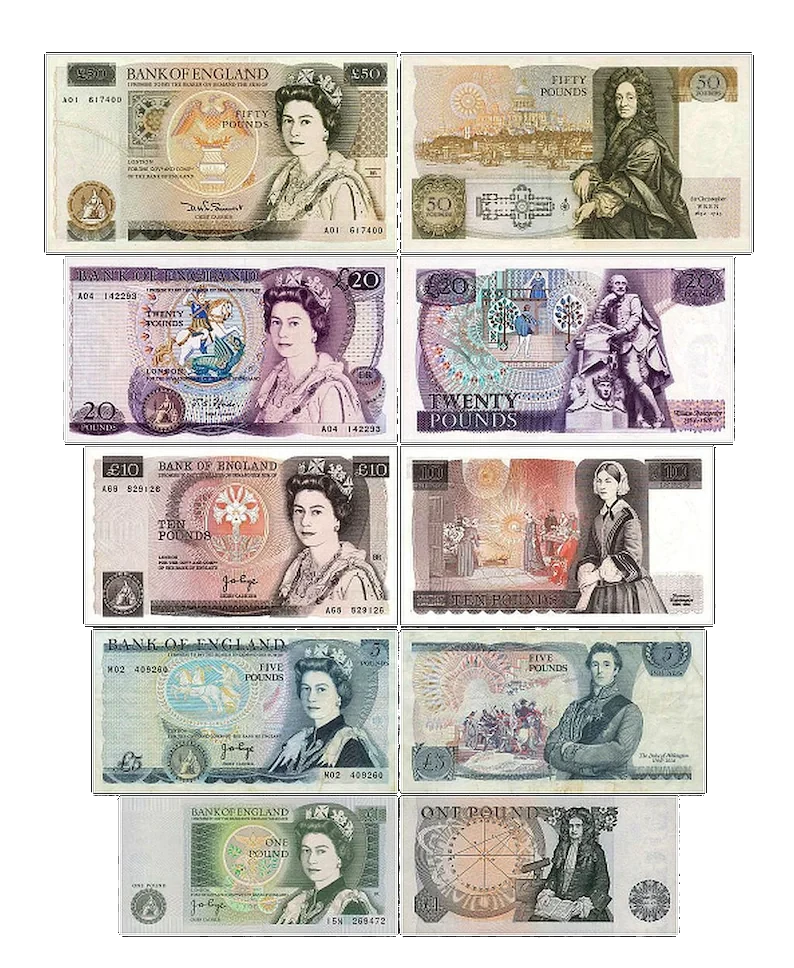
 England
England
 Premier League
Premier League
 Premier League 2015/16
Premier League 2015/16
 Premier League 2016/17
Premier League 2016/17
 Premier League 2017/18
Premier League 2017/18
 Premier League 2018/19
Premier League 2018/19

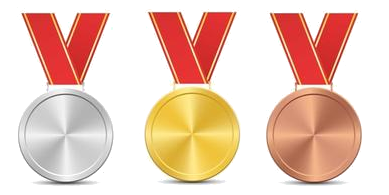 Sport
Sport
 (F)Internationale Fußball-Ligen
(F)Internationale Fußball-Ligen
 Vereinigtes Königreich
Vereinigtes Königreich

 Wichtige internationale Organisationen
Wichtige internationale Organisationen
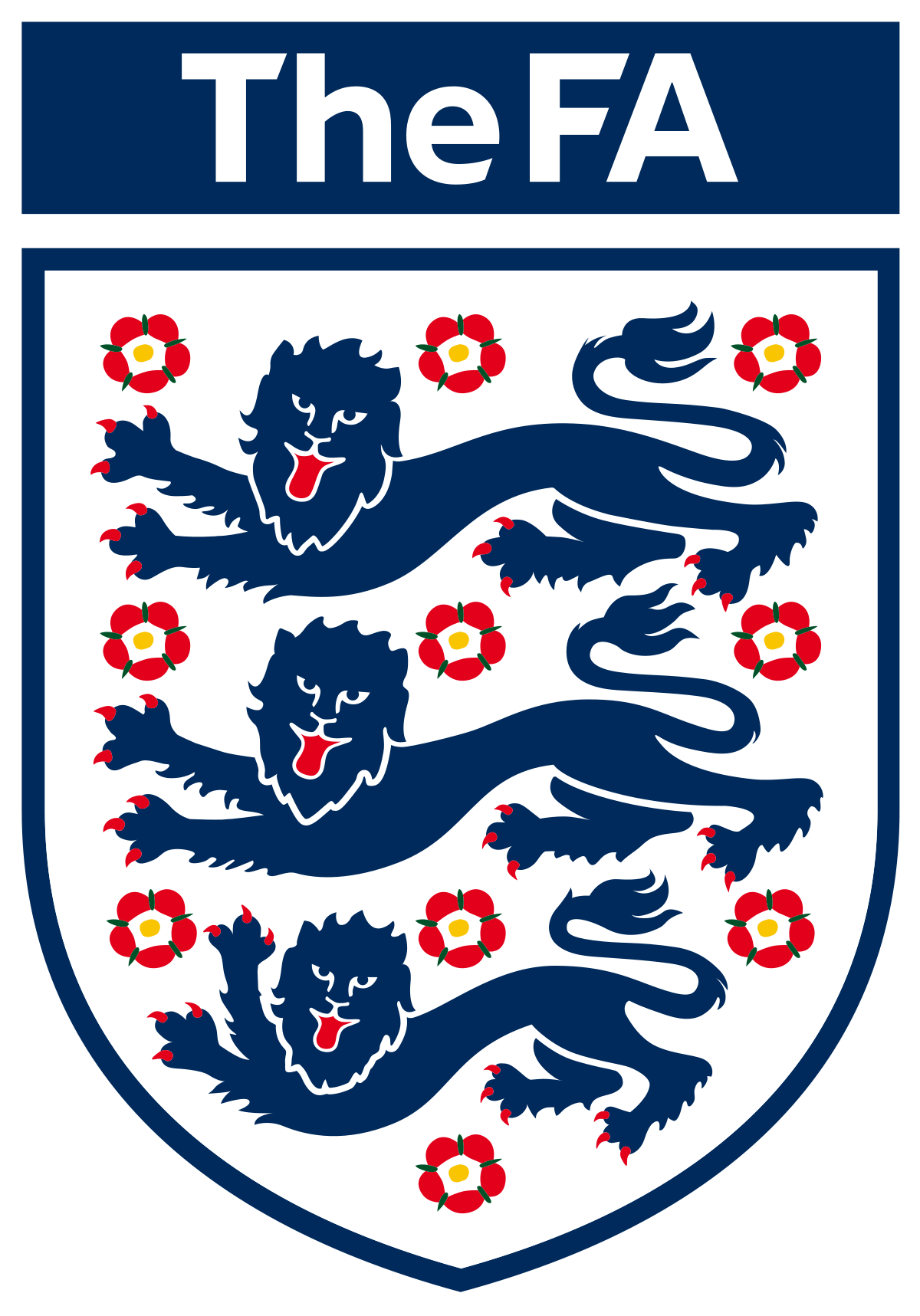
Die Football Association (kurz (The) FA) ist der höchstrangige Fußballverband in England sowie den Kronbesitzungen Jersey, Guernsey und der Isle of Man.
Die FA wurde am 26. Oktober 1863 als erster Fußballverband der Welt gegründet. Sie war maßgeblich daran beteiligt, die Regeln des modernen Fußballspiels zu formulieren, und nimmt einen besonderen Platz in der Geschichte des Sports ein. Heute ist sie Mitglied der UEFA, der FIFA und ist mit einem ständigen Sitz im International Football Association Board (IFAB) vertreten.
Alle professionellen Fußballklubs Englands müssen Mitglieder der Football Association sein, um an deren Wettbewerben teilzunehmen. Die FA ist verantwortlich für das Management der englischen Männer- und Frauen-Nationalteams, die Organisation des FA Cups – des größten und angesehensten Pokalwettbewerbs des Landes – und ist außerdem der Dachverband der English Football League (bestehend aus Championship, League One und League Two). Die Premier League ist dagegen selbstverwaltet.
Die FA spielt eine große Rolle in der Entwicklung des englischen Fußballs an der Basis, dennoch unterstützt sie weiterhin die Amateurspiele und organisiert das nationale Ligasystem.
英格兰足球总会,正确名称为足球总会(英语:The Football Association,简称:The FA)是一个管理英格兰境内(包括其他海外属地:泽西岛、根息岛及马恩岛)有关足球事务的法定机构,于1863年正式成立。
英格兰足球总会负责英格兰境内一切的足球事务,是世界上最早成立的足球官方总会,亦是西欧第一家足球协会,因此英文名称中只称为足球协会(The Football Association),而没有任何表示地区的字眼。具体工作包括设立比赛规条、管理英格兰国家足球代表队、改革足球联赛、仲裁英格兰一切俱乐部纷争等等。英格兰足球总会同时亦是欧洲足联和国际足联的会员。
ザ・フットボール・アソシエーション(英: The Football Association)は、イングランドのサッカーを統括する国内競技連盟。略称はThe FA(ジ・エフエー)である。1863年に創立された世界最古のサッカー協会であるため、英語の正式名称は国名を表す修飾語を用いず定冠詞 'The' のみを伴う形で表記される。なお、日本語の報道ではイングランドサッカー協会との呼称が定着している他、サッカー専門の雑誌などでは 'The FA' から定冠詞を省いたFA等の呼び名でも表記される。
ザ・フットボール・アソシエーションは近代サッカーのルールの策定において大きな役割を果たしたことで知られている。イングランドに存在する全てのサッカークラブが加盟する団体として、イングランドのプレミアリーグおよび国内のカップ戦を主宰している。また国内の国際サッカー連盟 (FIFA) と欧州サッカー連盟 (UEFA)を構成する加盟団体の一つであり、ルールの制定に携わっている国際サッカー評議会 (IFAB) の構成団体でもある。
The Football Association (also known as The FA) is the governing body of association football in England and the Crown dependencies of Jersey, Guernsey, and the Isle of Man. Formed in 1863, it is the oldest football association in the world and is responsible for overseeing all aspects of the amateur and professional game in its territory.
The FA sanctions all competitive football matches within its remit at national level, and indirectly at local level through the county football associations. It runs numerous competitions, the most famous of which is the FA Cup. It is also responsible for appointing the management of the men's, women's, and youth national football teams.
The FA is a member of both UEFA and FIFA and holds a permanent seat on the International Football Association Board (IFAB) which is responsible for the Laws of the Game. As the first football association, it does not use the national name "English" in its title. The FA is based at Wembley Stadium, London. The FA is a member of the British Olympic Association, meaning that the FA has control over the men's and women's Great Britain Olympic football team.[1]
All of England's professional football teams are members of the Football Association. Although it does not run the day-to-day operations of the Premier League, it has veto power over the appointment of the League Chairman and Chief Executive and over any changes to league rules.[2] The English Football League, made up of the three fully professional divisions below the Premier League, is self-governing, subject to the FA's sanctions.
La Fédération anglaise de football en anglais : The Football Association (FA) est une association regroupant les clubs de football d'Angleterre et organisant les compétitions nationales (championnat amateurs, professionnels et Coupe d'Angleterre) et les matchs internationaux de la sélection d'Angleterre.
Elle organise également les compétitions des dépendances de la Couronne d'Angleterre, sur l'Île de Man, à Guernesey et à Jersey. Formée en 1863, elle est la plus ancienne association nationale de football au Monde et joua un rôle important dans la mise en place des règles de son sport. Son siège est situé à Londres, à Wembley, après avoir été à Soho Square avant 2009.
Bien que la plus haute division du football professionnel (la Premier League) soit autonome, la Fédération anglaise a son mot à dire sur la nomination des responsables de cette ligue et ses règles. En cas de problèmes financiers, la fédération a le droit de retirer des points et de restreindre le nombre de transferts aux équipes fautives. Au niveau local, 43 « districts » (appelés County Football Association (en)) chapeautés par la fédération sont chargés de l'organisation des compétitions.
La FA finance actuellement la construction d'un Centre national du football, le St George's Park National Football Centre (en), qui reprend le modèle du Centre technique national Fernand-Sastre en France.
La Football Association (The FA) è la federazione calcistica inglese. Regolamenta e gestisce l'attività calcistica d'Inghilterra e delle dipendenze della Corona di Jersey, Guernsey e Man.
Alla Football Association è demandata anche la gestione delle selezioni nazionali che rappresentano l'Inghilterra nei vari tornei internazionali.
Essa è la più antica federazione calcistica del mondo, essendo stata fondata il 26 ottobre 1863.
Tutti i club professionistici inglesi debbono essere membri della FA, che ha la responsabilità della nomina dei tecnici delle squadre nazionali maschili e femminili dell'Inghilterra e dello staff dirigenziale della Premier League. Nonostante i campionati di livello inferiore alla Premier League si disputino sempre sotto l'egida della FA, essa non ha poteri di nomina all'interno della Lega Calcio inglese, la Football League (organizzatrice del Football League Championship, Football League One e Football League Two, rispettivamente i campionati di seconda, terza e quarta divisione nazionale).
La FA svolge un ruolo di primaria importanza nello sviluppo del calcio inglese sin dai livelli più bassi, grazie al continuo supporto del gioco a livello amatoriale, e all'organizzazione del National League System, il sistema di campionati a promozione e retrocessione il cui gradino più alto è, appunto, la Premier League.
La Asociación del Fútbol (The Football Association en inglés) es el máximo organismo del fútbol en Inglaterra y las dependencias de la Isla de Jersey, Guernsey y la Isla de Man. Fue establecida en 26 de octubre de 1863,1 y es la asociación de fútbol más antigua del mundo. Dirige a todos los clubes profesionales de Inglaterra. La FA fue determinante en la formulación de las reglas del fútbol moderno y ocupa un lugar especial en la historia. Es miembro de la UEFA y de la FIFA, y ocupa un asiento permanente en el International Football Association Board (IFAB).
Al ser la primera federación nacional de fútbol de la historia, su influencia fue muy grande durante el primer periodo de expansión de este deporte, hasta el punto que a principios del siglo XX varias federaciones extranjeras, incluidas algunas sudamericanas, también fueron miembros de la FA. A diferencia de las demás asociaciones nacionales, el nombre oficial de la FA no contiene el nombre de su país, ni tampoco el de su gentilicio (England o English).
Todos los clubes de fútbol profesional de Inglaterra deben ser miembros de la FA. La FA es responsable de las selecciones nacionales (masculina y femenina) de Inglaterra y es el órgano director de la Premier League. Cabe destacar su papel de apoyo al fútbol amateur, organizando el Sistema Nacional de Ligas.
Футбо́льная ассоциа́ция (англ. The Football Association, FA) — организация, осуществляющая контроль и управление футболом в Англии и коронных владениях Гернси, Джерси и Остров Мэн. Была основана в 1863 году и является старейшей футбольной ассоциацией в мире. Штаб-квартира Футбольной ассоциации располагается на стадионе «Уэмбли» в Лондоне.
 Architektur der Renaissance
Architektur der Renaissance
 Deutsche Renaissance
Deutsche Renaissance
 Architektur der Renaissance
Architektur der Renaissance
 Englische Renaissance
Englische Renaissance
 Architektur der Renaissance
Architektur der Renaissance
 Französische Renaissance
Französische Renaissance

 Geschichte
Geschichte
 M 1500 - 2000 nach Christus
M 1500 - 2000 nach Christus
 Vereinigtes Königreich
Vereinigtes Königreich
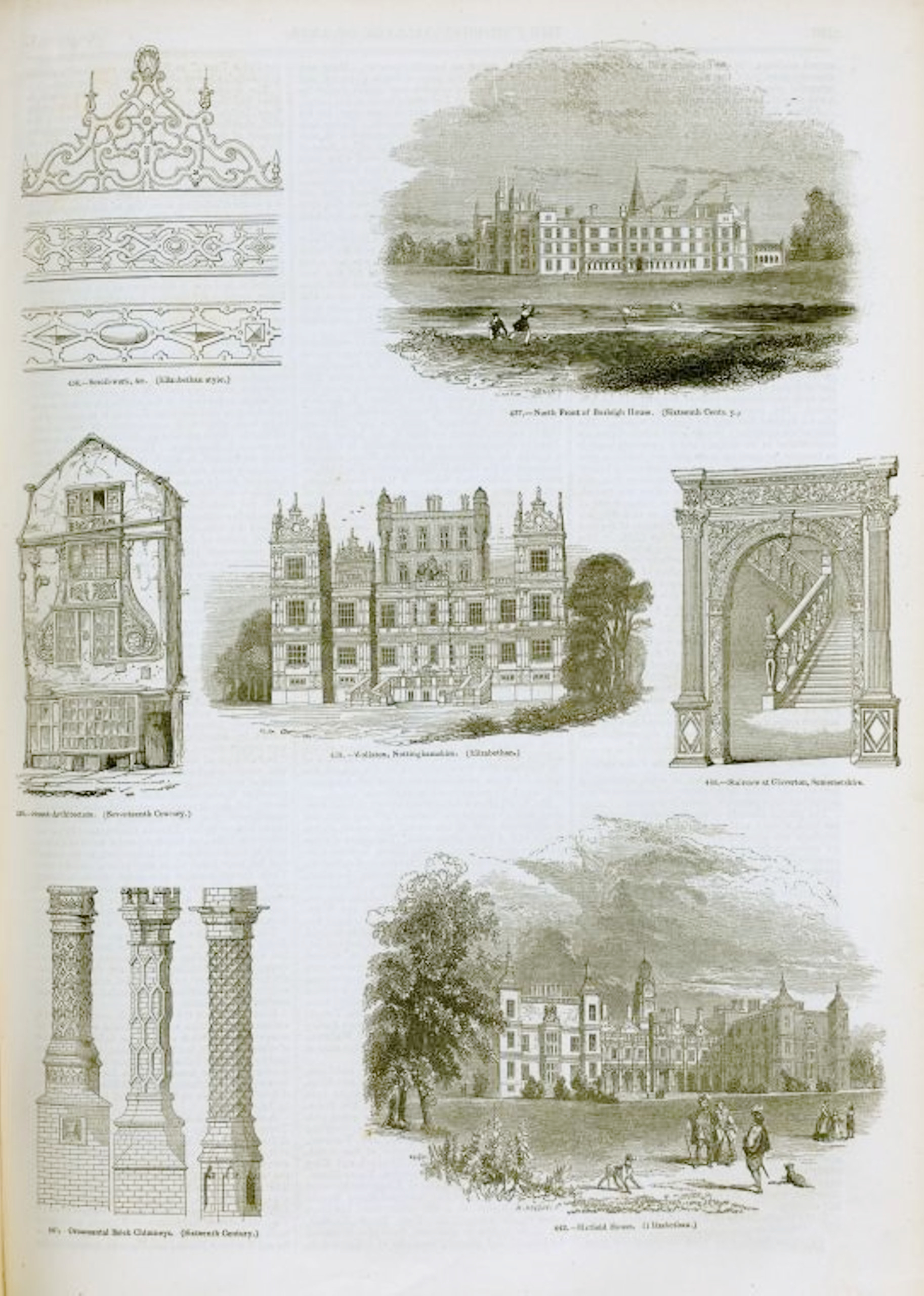


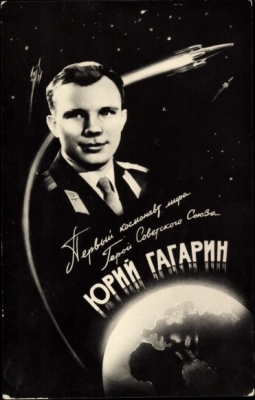
Juri Alexejewitsch Gagarin (russisch Юрий Алексеевич Гагарин; wiss. Transliteration Jurij Alekse’evič Gagarin; * 9. März 1934 in Kluschino, Oblast Smolensk, Russische SFSR, Sowjetunion; † 27. März 1968 bei Nowosjolowo, Oblast Wladimir, Russische SFSR, Sowjetunion) war ein sowjetischer Kosmonaut und der erste Mensch im Weltraum.
Er war Oberst der sowjetischen Luftstreitkräfte und trug die Auszeichnung Held der Sowjetunion.
尤里·阿列克谢耶维奇·加加林(俄语:Юрий Алексеевич Гагарин,1934年3月9日—1968年3月27日),苏联空军的航天员,苏联红军上校飞行员,1961年4月12日成为首个进入太空的人类,在太空竞赛中取得了重要的里程碑。加加林成为世界名人,并获得了许多勋章和头衔,其中包括苏联最高荣誉-苏联英雄奖章。
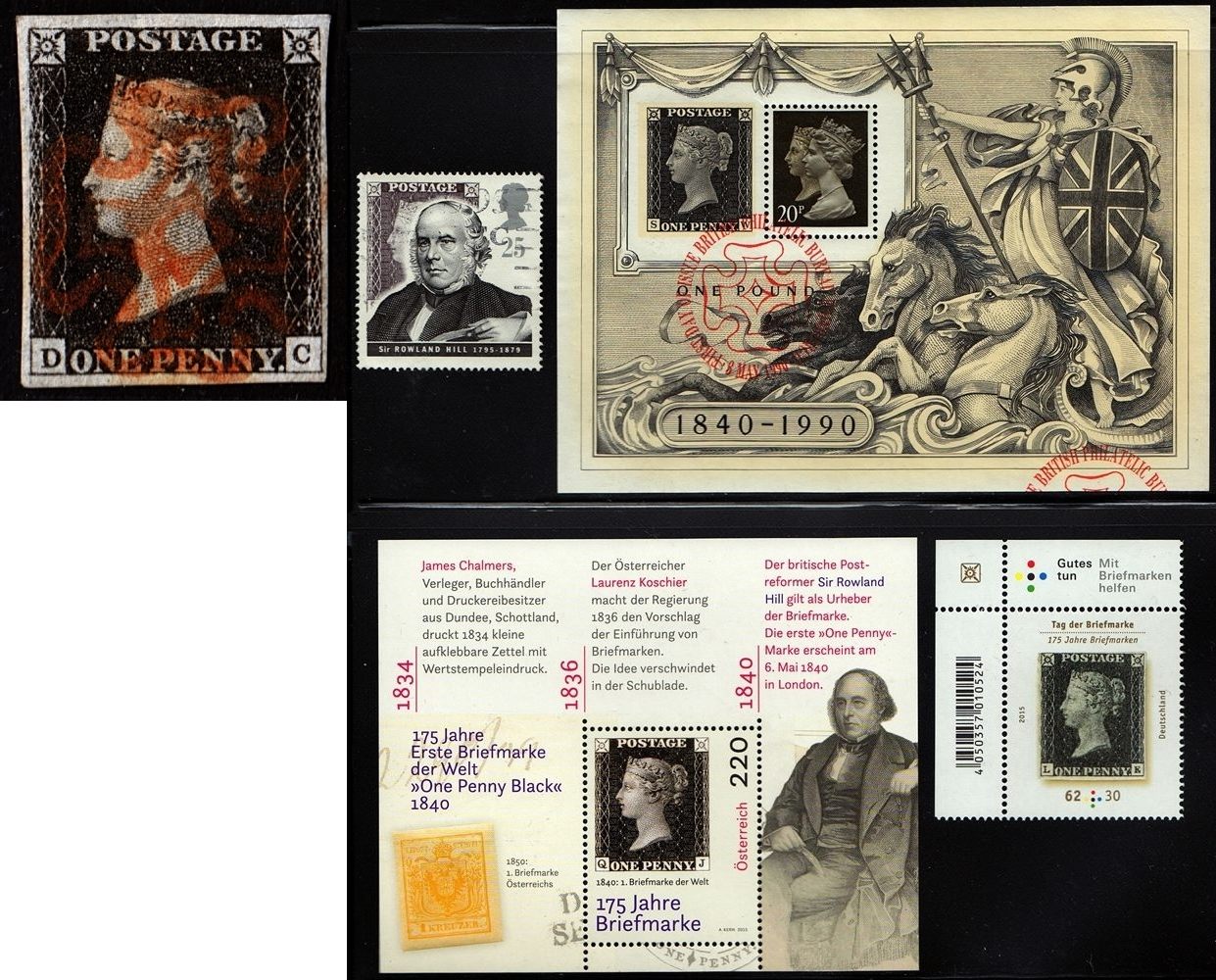

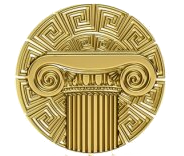 Zivilisation
Zivilisation
 Musik
Musik
 Finanz
Finanz
 Historische Münzen, Banknoten
Historische Münzen, Banknoten
 Architektur
Architektur
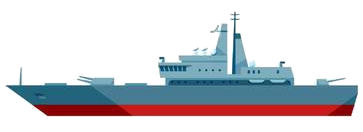
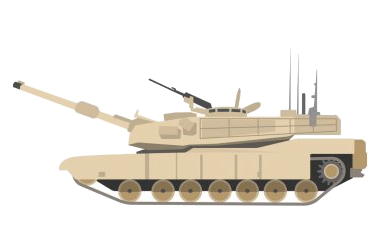
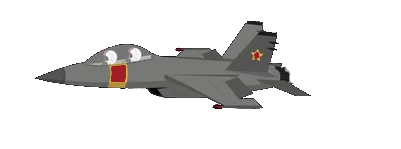
 Militär,Verteidigung und Ausrüstung
Militär,Verteidigung und Ausrüstung

 Wissenschaft und Technik
Wissenschaft und Technik
 Kunst
Kunst